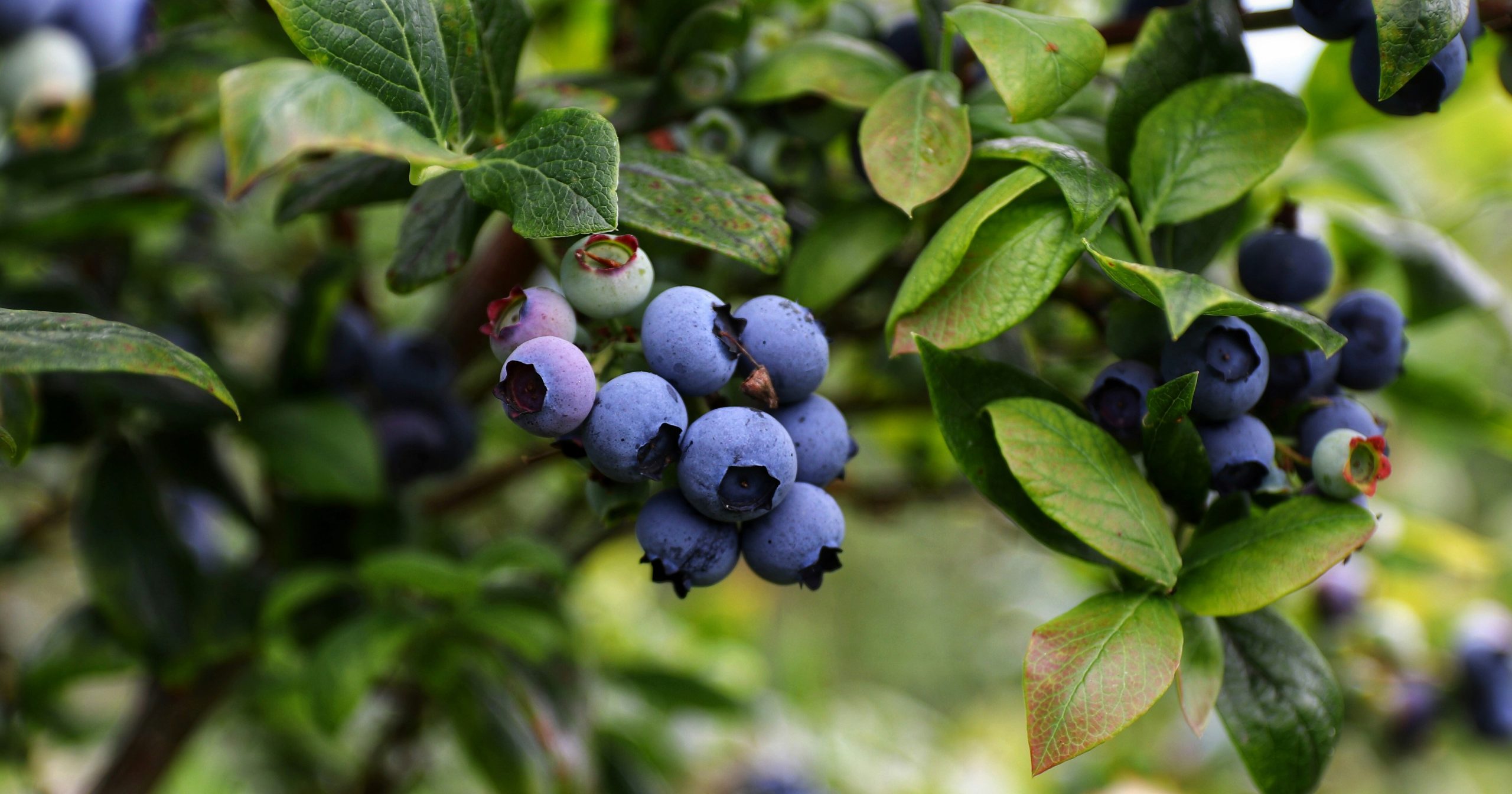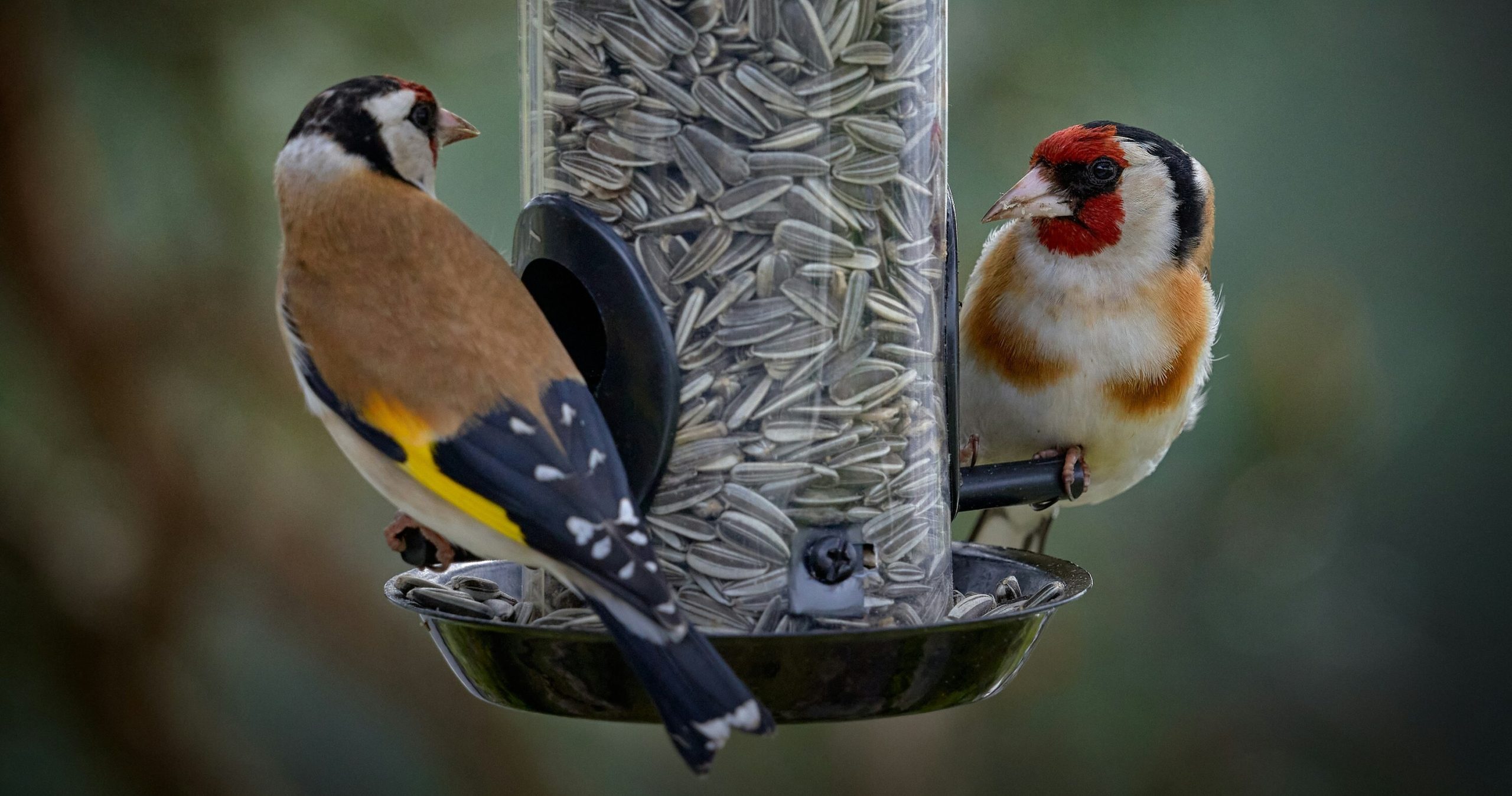Pumpkins are a great addition to any seasonal celebration or meal. They are a versatile and iconic ingredient that can be used in a variety of dishes, from pies to soups to bread. They are more than a great source of fiber and vitamins, they are perfect for creating festive decorations. Pumpkins are a great way to add flavor, color, and nutrition to your fall and winter meals or decorations. Growing pumpkins from seeds is easy, but they take a long time to mature – an average of 75-100 days for pumpkins to grow from seed to harvest. Starting them indoors is a huge help. Popular varieties of pumpkins and their total days to maturity include:
- Sugar Pie Pumpkin: 90-100 days
- Jack-Be-Little Pumpkin: 70-80 days
- Long Island Cheese Pumpkin: 120-140 days
- Cotton Candy Pumpkin: 95-105 days
- Howden Pumpkin: 95-105 days
- Jarrahdale Pumpkin: 110-120 days
- Baby Boo Pumpkin: 80-90 days
- Warty Goblin Pumpkin: 90-100 days
- Autumn Gold Pumpkin: 90-100 days
- Ghost Rider Pumpkin: 90-100 days
How To Grow Pumpkins From Seeds
If planting pumpkins from seeds outside, remember that pumpkin seeds do best in warm weather, so wait for the chance of frost to pass before starting. Once the weather is consistently warm, find space in your yard, five to ten sq. feet per plant. Make sure the area has full sunlight with minimal shade. If using pumpkin seeds you have harvested, make sure that they are clean before planting.
The soil used to grow pumpkins should be rich and well-draining. The soil should be high in organic matter such as compost or manure and should have a pH between 6.0 and 6.8. The soil should also be slightly acidic and well-aerated. The addition of organic matter helps increase the nutrient content of the soil, making it ideal for growing pumpkins.
While you can germinate pumpkin seeds with many methods it isn’t necessary. If you think your pumpkins would like the boost you can fold them into a wet paper towel and place them into a zip-lock bag. Be sure to place the pumpkin seeds in direct sunlight or somewhere warm. You can also soak them for a 3-24hours in warm water right before planting.
You can plant solitary seeds or in clusters(hills) of 3 to 5. For both options, create a mound and place seeds 1 inch deep into the mound. Lightly pat and water. This will help with drainage and pest control, as well as heat the seeds faster, speeding germination up. Mounds can be anywhere as tall as 1 foot and as wide as the same.
Water your plants regularly, and don’t allow the soil to become completely dry. Feel free to add plant food to your water as pumpkins are heavy feeders. Pumpkin roots are very sensitive and easily damaged so be gentle when weeding. To help with bugs and weeds add mulch to the area. This will also help with moisture levels
When To Start Pumpkin Seeds Indoors
If need be you can always start your pumpkin seeds indoors. Growing pumpkins from seeds indoors is very simple. The key thing to remember is that warmth and sunlight need to be ample, nearly excessive. To time your harvest time just pick your goal harvest date and subtract 75-100 days depending on your variety.
Sow seeds 1 inch deep into a peat container with drainage holes. The peat pot should be 10 to 20 gallons depending on the variety. The bigger the better. Pumpkin root systems are fragile and spread out quickly.
Keep your pumpkin seeds in as much sunlight as you can and don’t allow your soil to become dry or flooded. To quicken the germination process you can place the pot on a low-heating pad. Once the plant gets to 2 inches start to harden off your seedlings. At this stage start pruning off the weaker pumpkin stems.
When To Transplant Pumpkin Seedlings Outdoors
You’ll want to transplant your pumpkin seedlings after the last freeze when the weather is consistently 65° Fahrenheit. The pumpkin should be at least 3 inches high and starting to get fuzzy. Remove the weaker plants a few days before transplanting and keep only one, strong seedling.
Dig a hole that is twice as wide as the root ball of your pumpkin plant. Carefully remove the pumpkin plant from its container and place it in the hole. Be very careful with the roots, they are easily damaged. Gently backfill the soil around the plant, making sure not to compact it too much. Water the soil and keep it moist until the pumpkin is established. Finally, apply a layer of mulch around the base of the pumpkin to help retain moisture.













